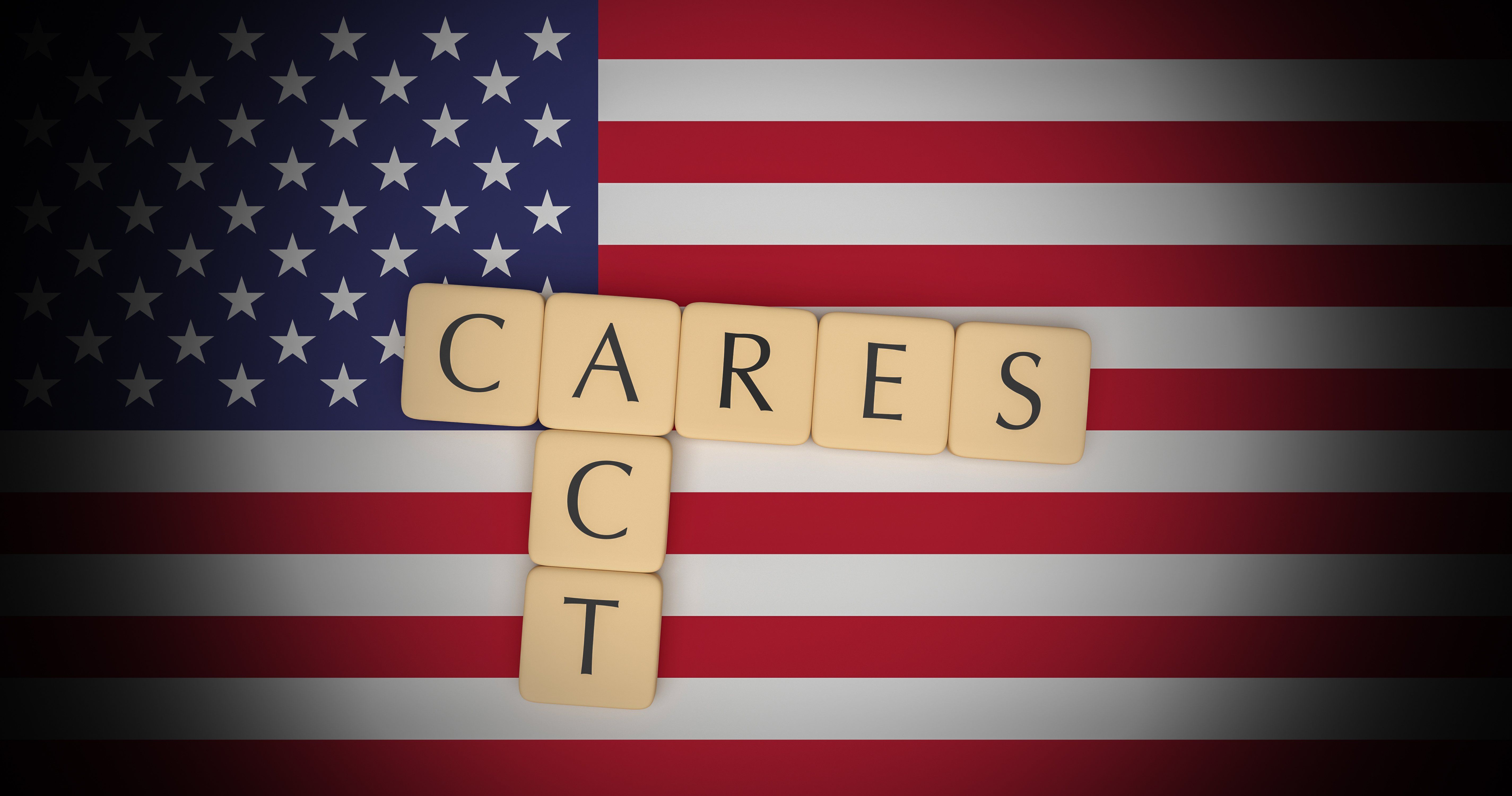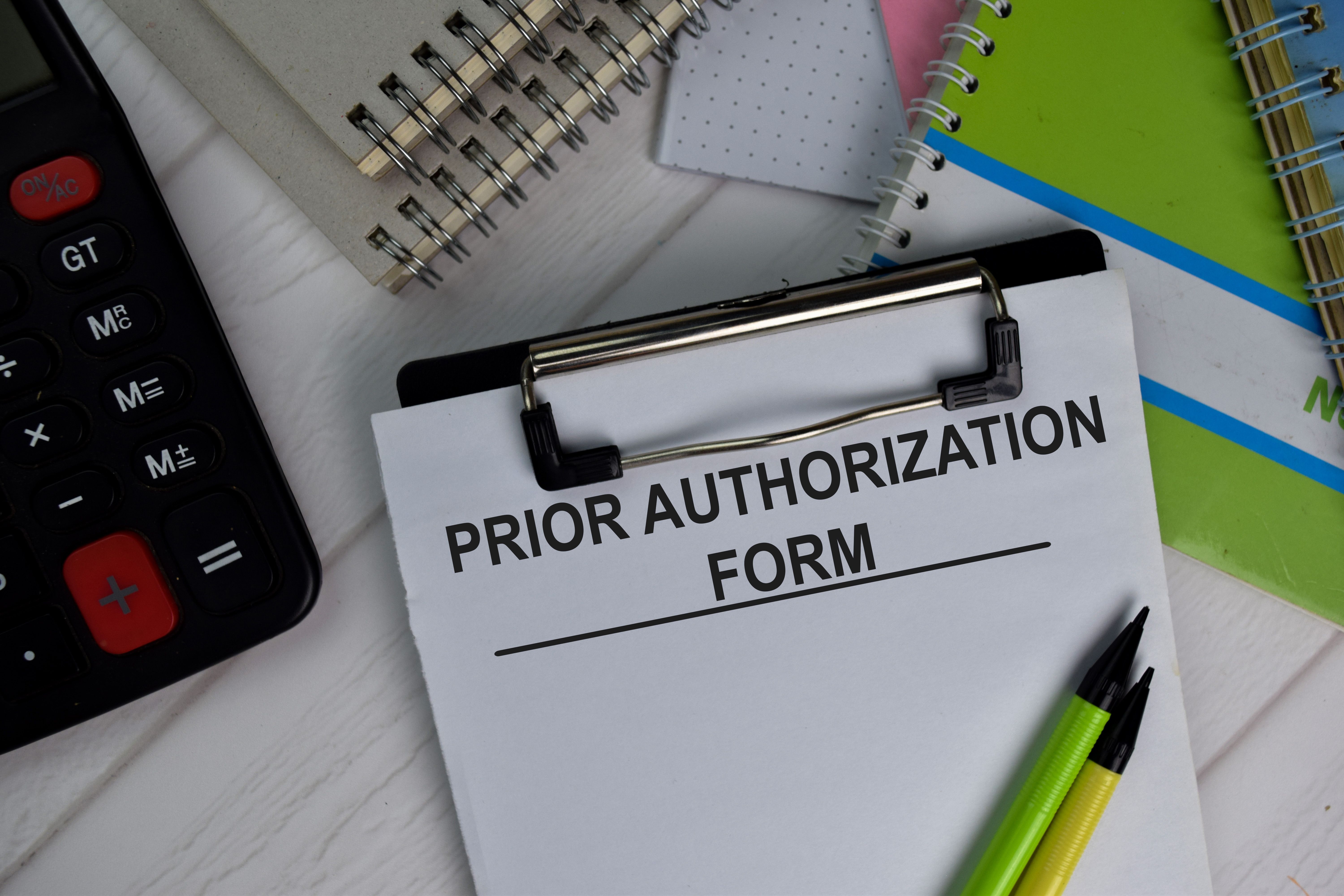Article
How the CARES Act affects medical student loans
Author(s):
A finance expert tells physicians what the CARES Act means for their student loans, and how to handle their debt during the COVID-19 pandemic.

The Coronavirus Aid, Relief, and Economic Security (CARES) Act, signed into law in late March, included important changes that affect many physicians with student loans, according to Andrew Musbach, C.F.P., co-founder and financial advisor with MD Wealth Management, LLC, in Chelsea, Mich.
Musbach recently spoke with Medical Economics to explain these changes and offer advice to physicians on how they can optimize their student loans.
Medical Economics: What are some of the changes in the CARES Act that are relevant for physicians with student loans?
Musbach: The biggest change is that all federal direct loan payments were suspended until September 30, 2020. In addition to suspending loan payments, the CARES Act sets the interest rate at 0 percent through September 30, so there’s nothing accruing on these student loans.
The six months of $0 payments (April through September 2020) still count as qualifying payments for the Public Service Loan Forgiveness program, which requires 120 monthly payments before the entire balance is forgiven. So if you are pursuing Public Service Loan Forgiveness, you get six months of credit for payments without actually paying anything.
The best part is that there’s nothing you need to do proactively to take advantage of these changes. The federal direct loan payments were stopped automatically, so you don’t have to log into your federal loan servicer’s website and stop the payments or request forbearance. Just realize that your balance will be the same on September 30 as it is today.
Medical Economics: What do these changes mean if physicians are still in training and aren’t sure if they will pursue Public Service Loan Forgiveness?
Musbach: To even be eligible for loan forgiveness, you need to be directly employed full-time at a qualifying 501(c)(3) non-profit organization or a government agency. But if you’re like many physicians just starting your career in medicine, you may not be sure if you want to work at a non-profit or government agency right after training or go into private practice.
So if you’re not sure if you’re going to pursue loan forgiveness, I recommend not making any voluntary loan payments through September 2020. That’s because if you think there’s a chance you’ll get Public Service Loan Forgiveness, the best strategy is to make the least amount of payments so you get the highest possible amount forgiven. Instead, you can use your increased cash flow to make retirement contributions through your 403(b) at work or your own Roth IRA.
Medical Economics: How does the CARES Act affect physicians with loans who are certain they will not pursue Public Service Loan Forgiveness, such as those who want to move immediately into private practice?
Musbach: If you are not pursuing Public Service Loan Forgiveness on your federal loans and your cash flow is good, you have two options.
The first option is that you could continue to make the same loan payments that you normally would from now through September 2020 to pay down accrued interest or principal. But if you decide to make these voluntary payments, we recommend waiting until September to make all of the payments at once in one lump sum amount. That way, you can put the money into a savings account and earn some interest for a few months.
The second option is that you could make pre-tax contributions to your retirement savings, which also lowers your tax bill. You might want to get a head start on saving for retirement because over the long term, you could earn more from investing the money versus using it to pay off your debt if your loan has a relatively low interest rate.
Medical Economics: What if a physician has a private loan and is having trouble with cash flow because of the pandemic. What options do they have?
Musbach: The CARES Act only applies to federal loans, which is what most physicians have. So the changes don’t apply to private loans.
Some private lenders are offering forbearance, but the interest will still accrue, so it’s not an ideal strategy. But if you need to apply for forbearance to survive the next couple of months, that may be an option available to you. If so, you need to apply directly with the lender.
You might also be able to make smaller payments just to pay down some of the interest, so not as much accrues over that forbearance period.
Medical Economics: Is now a good time to refinance if you’re paying back your loans?
Musbach: Let’s talk about private loans first, which are not eligible for loan forgiveness and are not affected by the CARES Act. Because you’re paying back these loans, it makes sense to refinance private loans as soon as possible. There are no interest subsidies that you can receive, so you want to get the best rate possible.
If you haven’t looked at refinancing your private loans, the interest rate is probably a lot higher than it should be. In general, you should explore your refinancing options as early as possible in your residency to see if you can get a better rate and pay the least amount of interest possible. Although some lenders allow you to refinance during training, you may not be eligible for a better interest rate until you are an attending physician making a higher salary.
For federal loans that you plan to pay back, the strategy is a bit different because of the CARES Act. Right now, I recommend staying with your loan at 0 percent interest and then paying six months of payments in one lump sum right before the end of September to pay down that balance. After you do that, you can refinance your student loans.
When you refinance, you’ll want to run the numbers to see if you can get a better rate from a private lender versus your federal loans. If you’re like the majority of physicians, you are actually better off staying on some of these federal programs throughout your residency. That’s because you will actually pay a lower effective interest rate, thanks to some of the interest subsidies that you can get on a federal loan. Once you have a higher income, you will likely qualify for a better rate and can refinance.
Medical Economics: What is the best way for physicians to refinance their loans?
Musbach: There are companies out there that act as “brokers” for student loan refinancing and will help you evaluate your options at no cost. These companies can gather your personal details, run a soft credit check, and provide refinancing options from many different lenders. These options can include different types of loans, such as fixed or variable, and different terms, such as five or 10 years. This tends to be an efficient way to see your options.
If you are more motivated or understand refinancing a bit better, you can rate shop by getting quotes from several different lenders on your own. Obviously, this is more time-consuming.
Either way, I recommend that you choose a fixed loan right now, given how low interest rates are.
Medical Economics: Let’s switch gears a bit and talk about the SECURE Act, which was signed into law at the end of 2019. How does this new law affect student loan planning?
Musbach: The Setting Every Community Up for Retirement Enhancement (SECURE) Act expanded the definition of “qualified education expenses” to include up to $10,000 of payments toward student loans. That means up to $10,000 from a 529 plan can be withdrawn tax-free to pay your student loan.
A 529 plan is like a 401(k) account that’s for college savings. Most people use them to save for their children’s future college expenses. Any growth in the account is tax-free. And money withdrawn for qualified education expenses, which now includes up to $10,000 of student loan payments, is also tax-free.
When you put money into a 529 plan, you may get a state tax deduction each year, depending on your state. So if you’re a young physician, it might make sense to set up a 529 plan for yourself. That way, you can receive a tax deduction for loan payments you are already required to make.
Medical Economics: Why is now a good time for physicians to optimize their student loans?
Musbach: Now is a unique time to take advantage of changes resulting from the CARES Act. And generally speaking, if you don’t pay attention to your loans, you could be leaving a lot of money on the table. That’s especially true for physicians, who have an average of $200,000 in student loan debt coming out of med school.
For most physicians, student loan debt is a big stressor. Taking some time to optimize your student loans can help reduce some of that stress, while saving you money at the same time.
Medical Economics: What resources are available to help physicians with student loan planning?
Musbach: If you are interested in more comprehensive student loan planning, you can look into services that specialize in reviewing student loans for a one-time fee. You may also want to work with a financial advisor who is well versed in student loans and who can develop an overall financial plan that’s going to make the most sense for you and help you avoid costly mistakes.
Like most aspects of financial planning, when it comes to student loans, it’s a lot easier to start with the end in mind.





